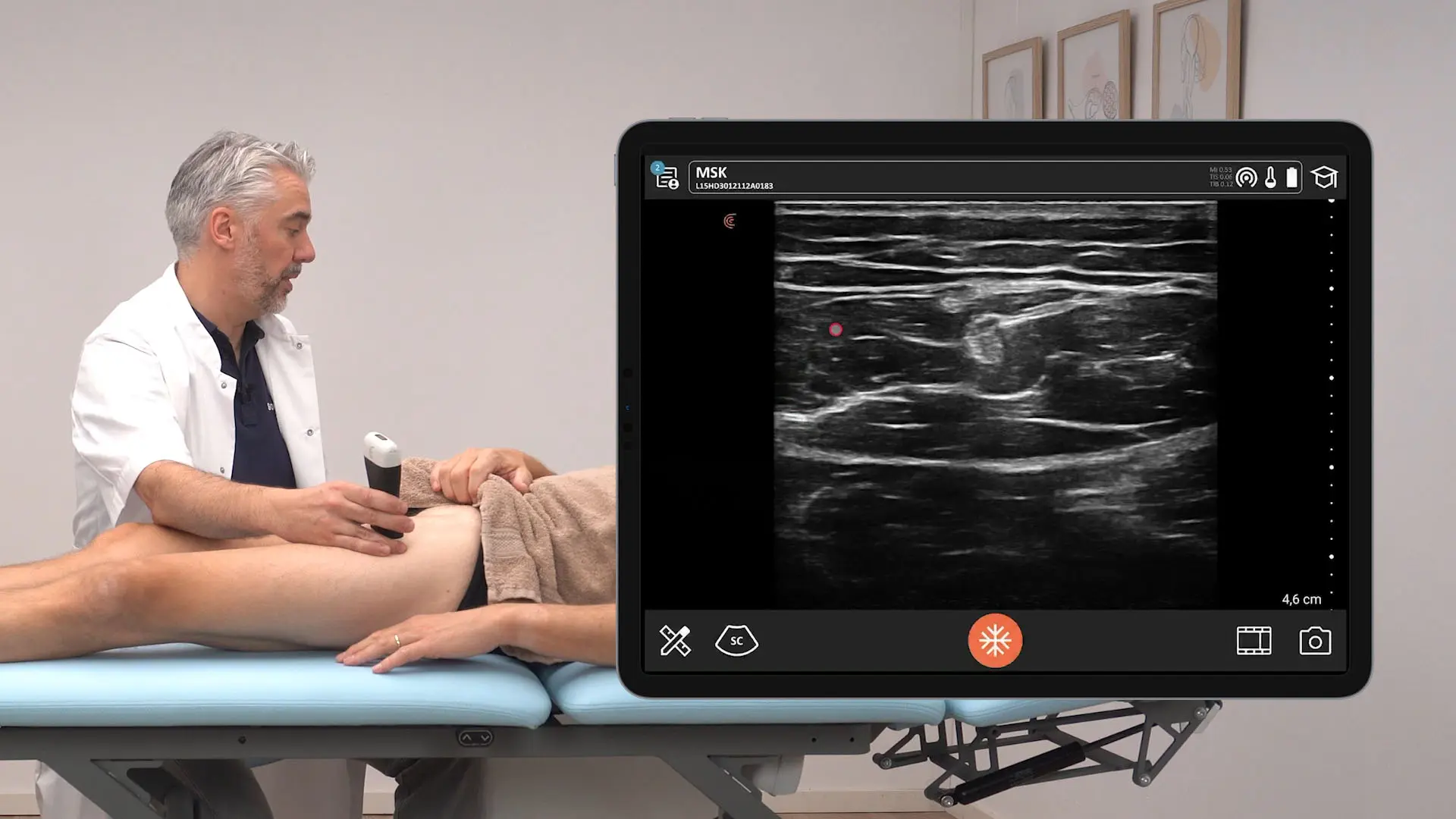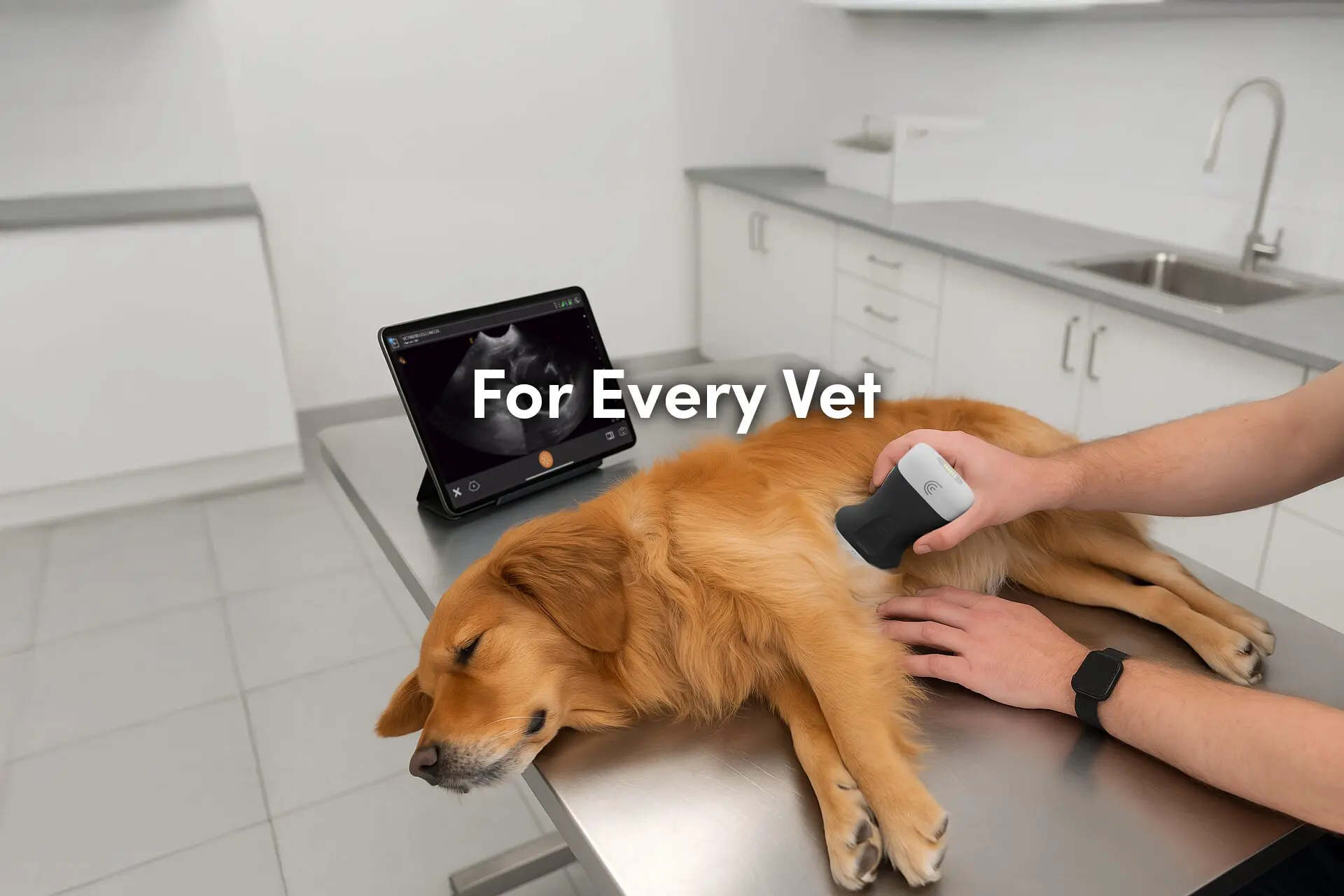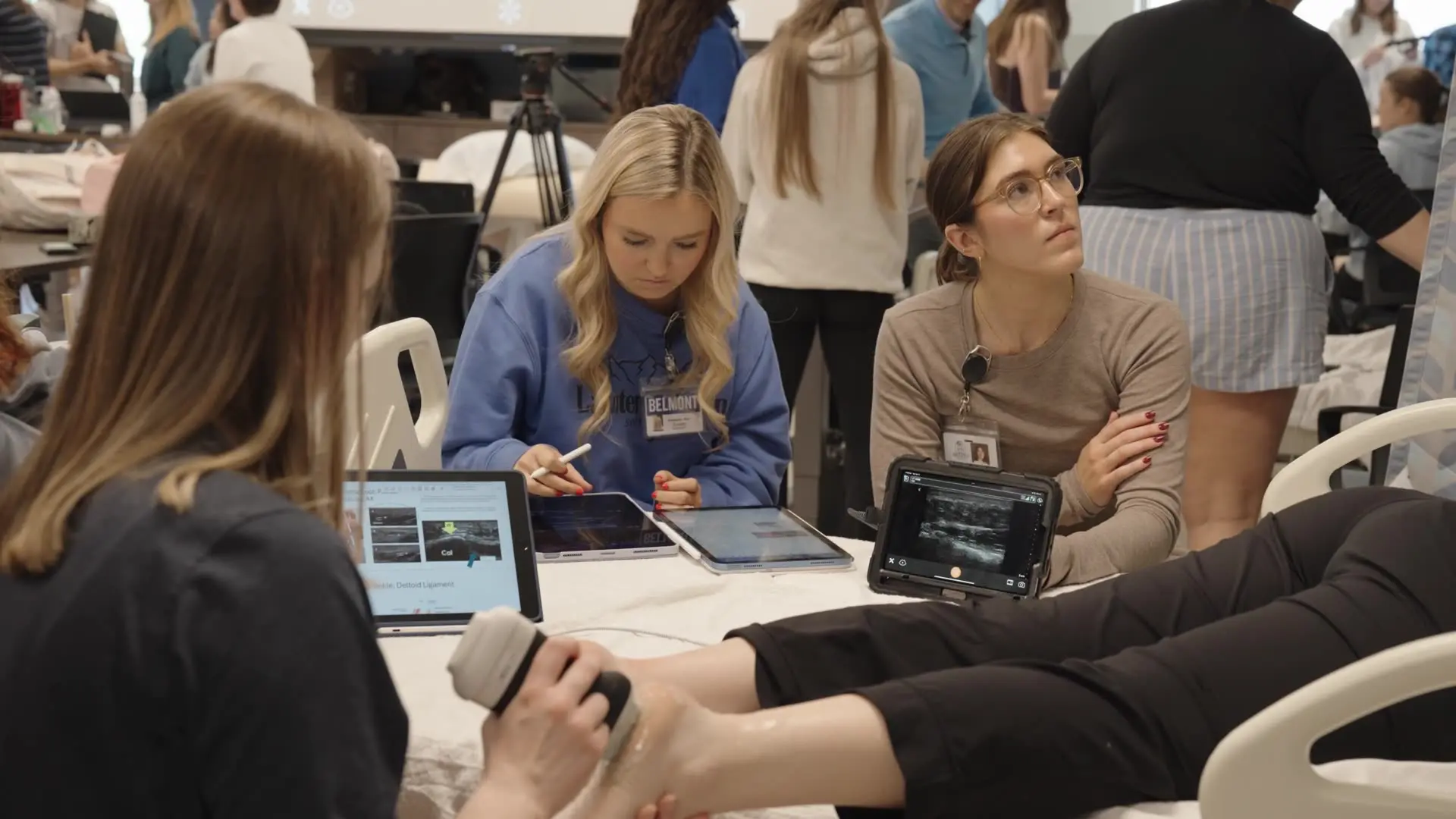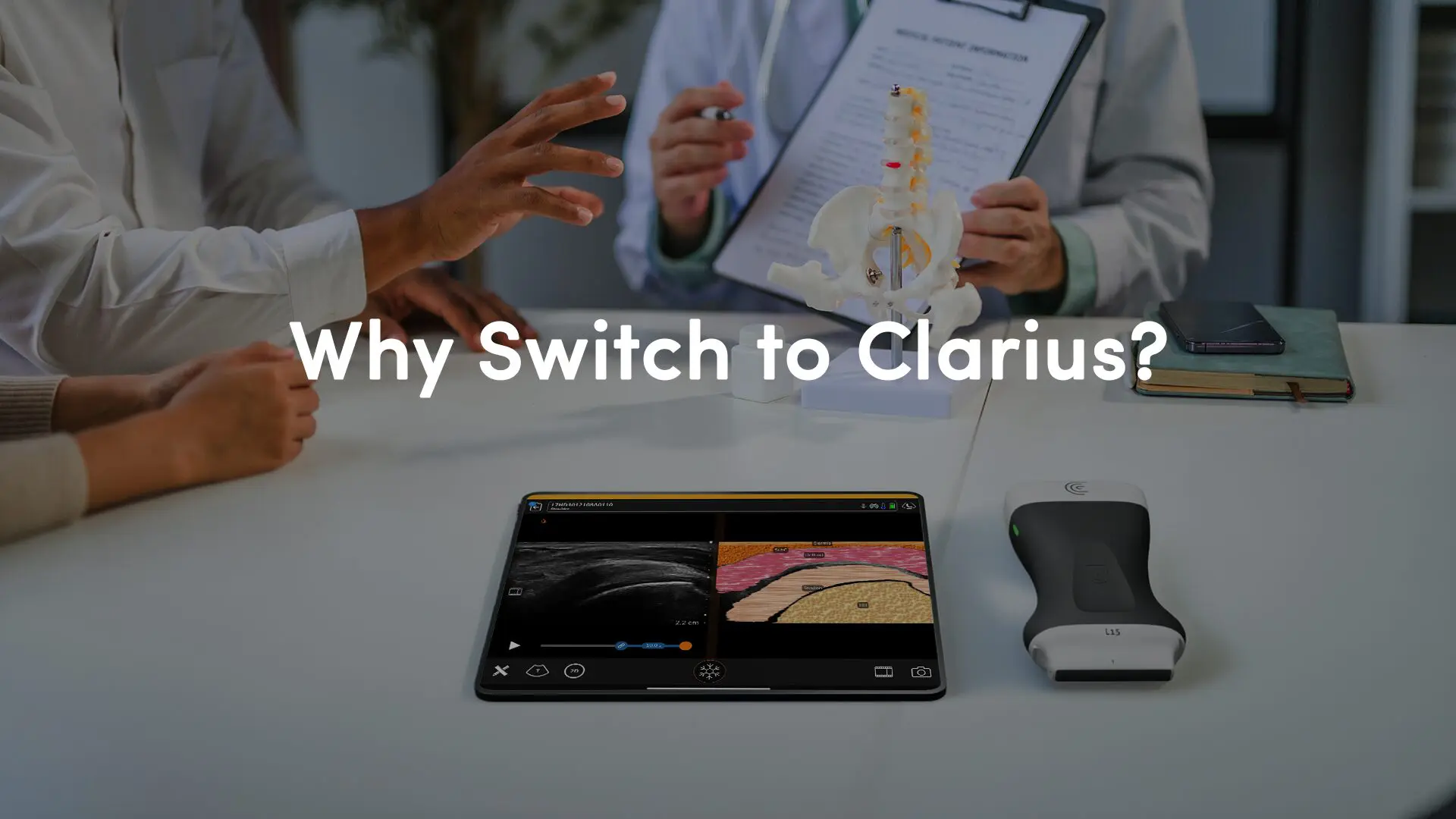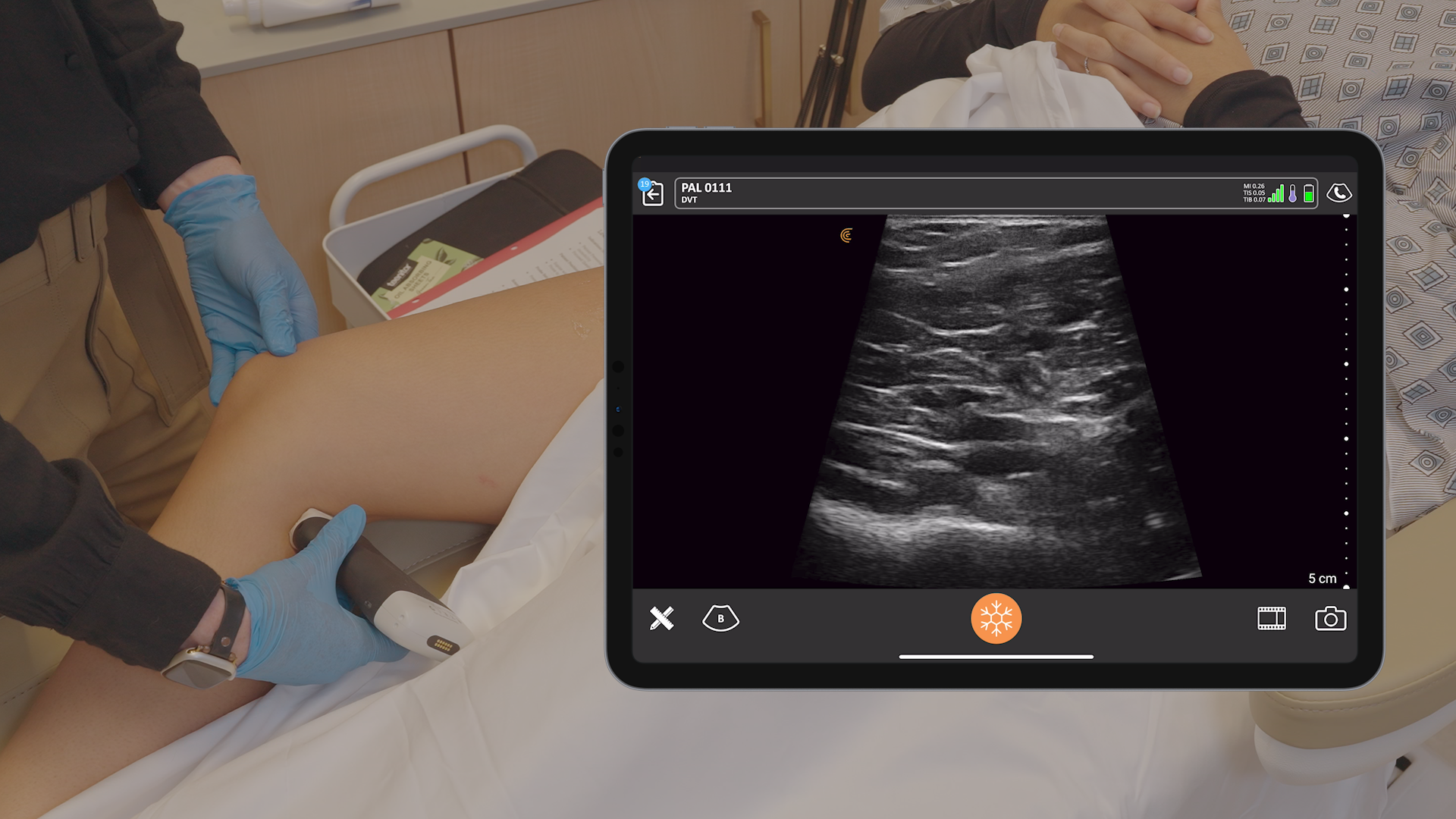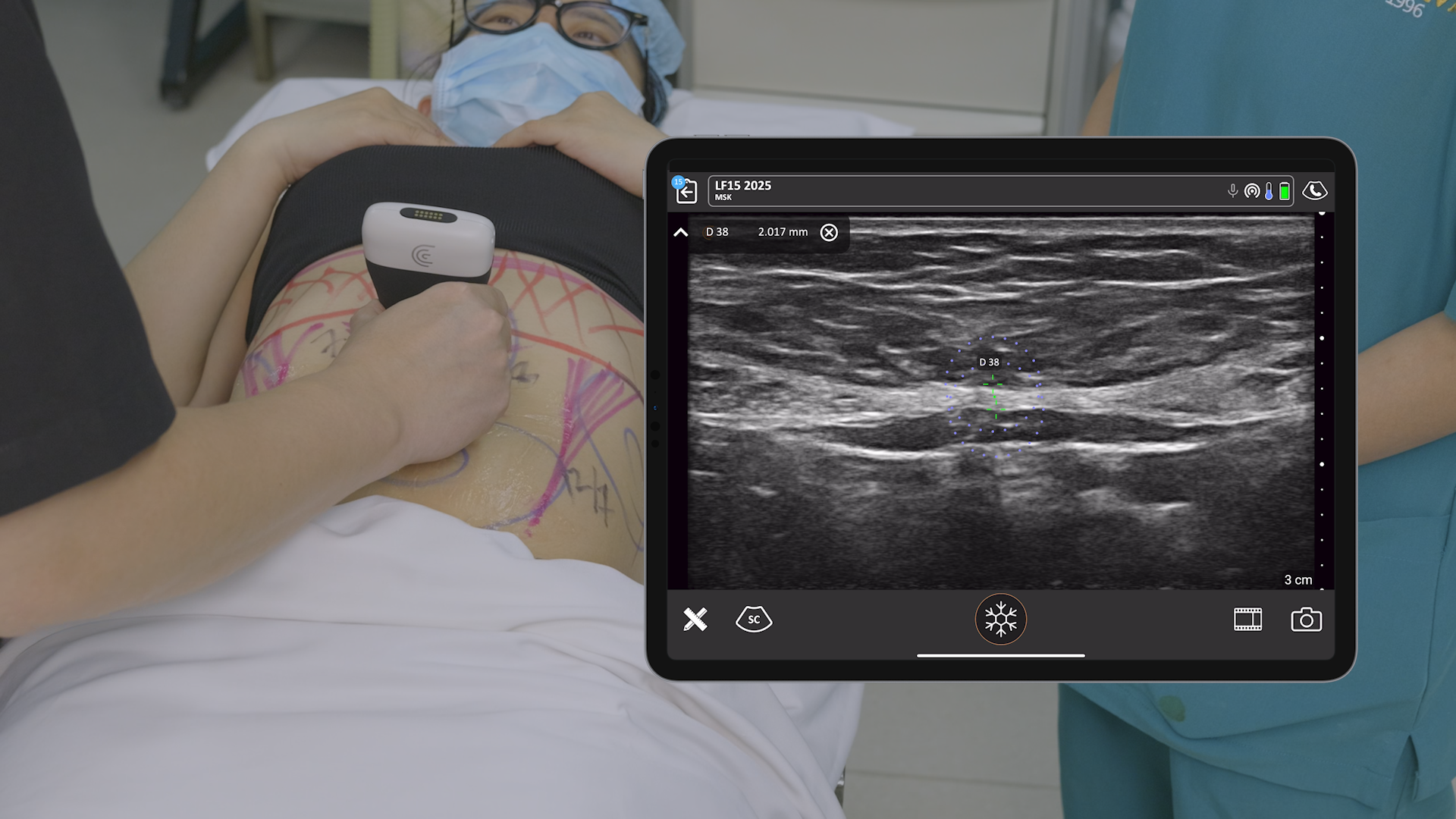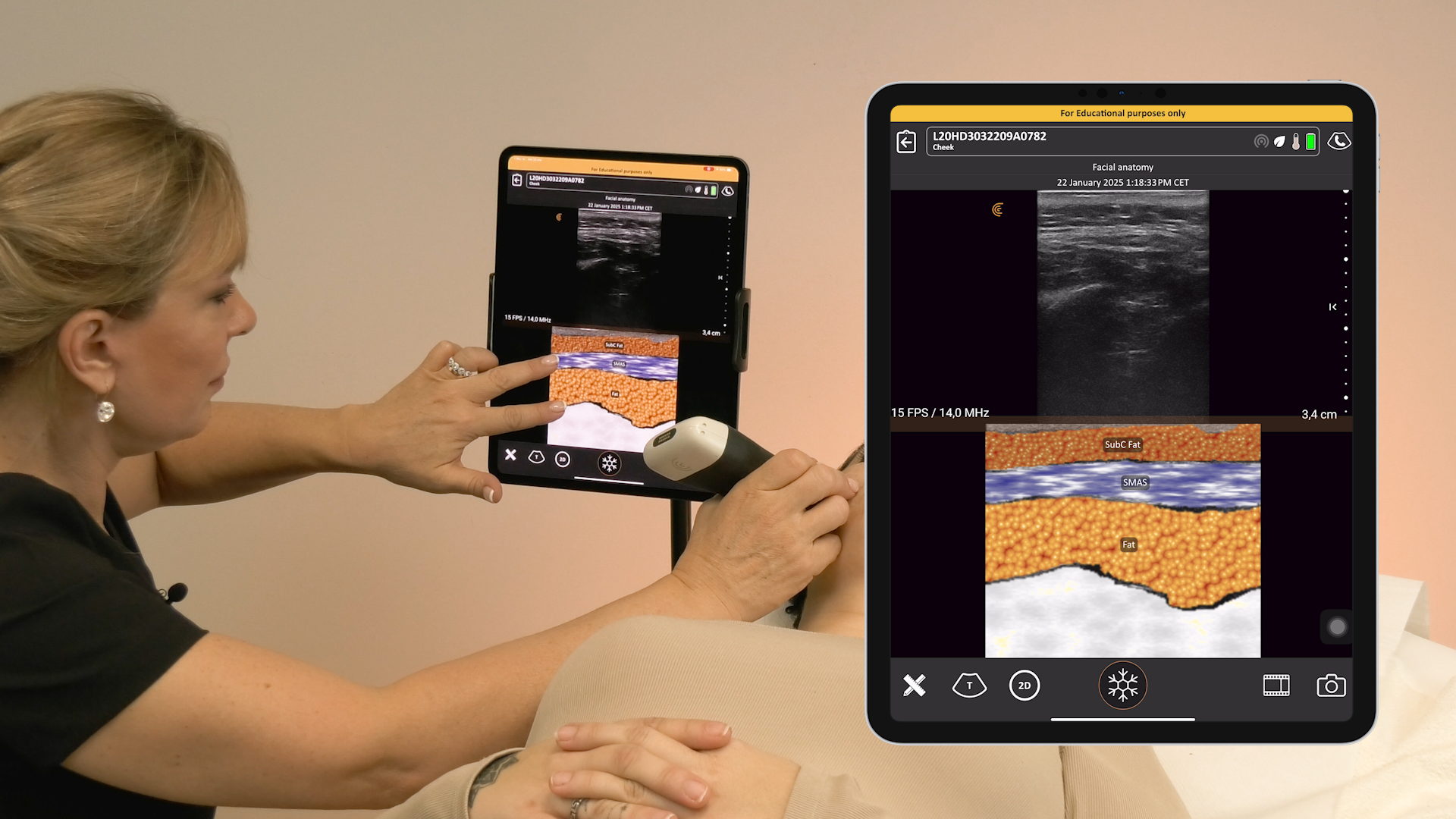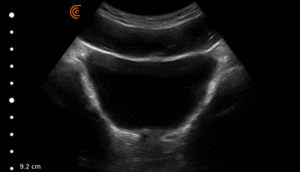An abdominal aortic aneurysm, known as the “Triple A” or AAA, can be life threatening if it ruptures. In the United States, 15,000 deaths1 per year are attributed to AAAs. Globally, the annual mortality rate is 2.6 per 100,000 people.2
Abdominal Aortic Aneurysms occur most commonly in individuals between 65 and 75 years of age, and rarely cause symptoms. They develop slowly and are often found incidentally on a physical examination or imaging examinations of the abdomen. If caught early, AAAs can be taken care of safely.
A physician may feel a pulsating mass while examining a patient’s abdomen. However, one of the best ways to diagnose a AAA is through an abdominal ultrasound. The US Preventative Services Task Force (USPSTF) recommends an abdominal ultrasound to screen for AAA for men 65 to 75 who are current or former cigarette smokers 3 . An ultrasound exam to assess for AAA is eligible for reimbursement in the United States 4.
Watch the video below with ultrasound educator Chris Eddy using a Clarius Wireless Ultrasound Scanner to demonstrate how to scan the abdominal aorta, and assess for a potential AAA.
- https://www.ncbi.nlm.nih.gov/pubmed/24368205
- http://global-diseases.healthgrove.com/l/130/Aortic-Aneurysm
- https://www.uspreventiveservicestaskforce.org/Page/Document/UpdateSummaryFinal/abdominal-aortic-aneurysm-screening
- Medicare provides a one-time preventive ultrasound screening for the early detection of an abdominal aortic aneurysm for eligible beneficiaries who meet certain criteria. The Current Procedural Terminology (CPT) code 76706 as maintained by American Medical Association, is a medical procedural code under the range – Diagnostic Ultrasound Procedures of the Abdomen and Retroperitoneum.It is the provider’s responsibility to determine and submit appropriate codes, modifiers and claims for services rendered. Clarius makes no guarantees concerning reimbursement or coverage.
